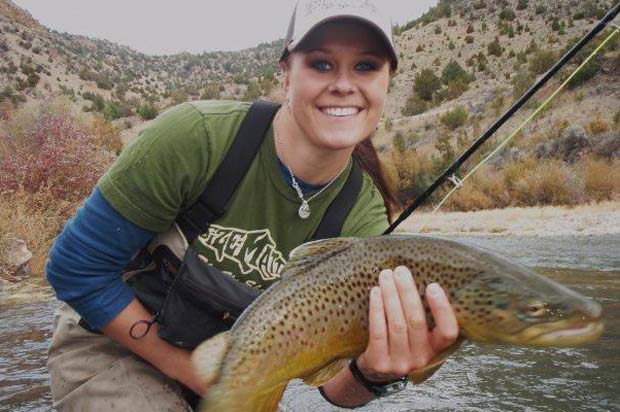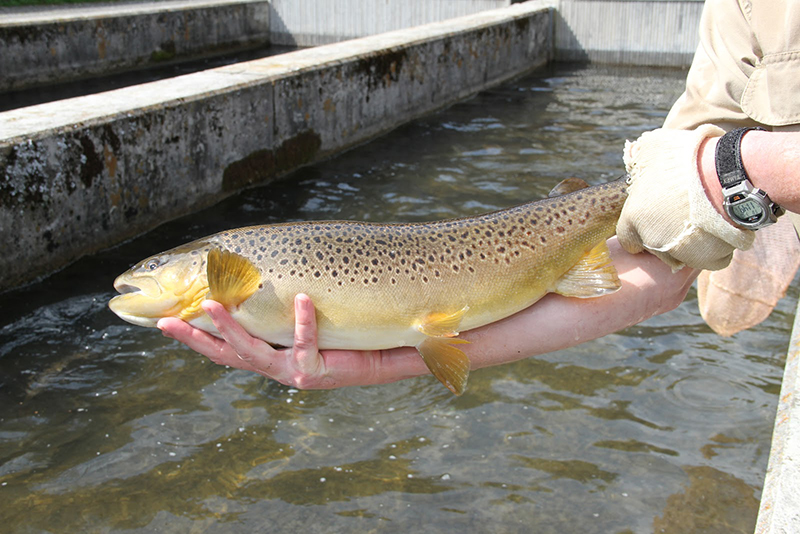Fish ‘personality’ linked to angling vulnerability
October, 2014
[dropcap]I[/dropcap]ndividual differences in moving activity in a novel environment are linked to individual differences in vulnerability to angling, according to an experimental study completed at the University of Eastern Finland and the Finnish Game and Fisheries Research Institute. The study used novel, long-term observations of individual behavior in groups and authentic angling trials to analyse if behaviors predict the vulnerability to fishing in brown trout reared in traditional and enriched hatchery rearing environments. Based on the results, it can be predicted that fishing modifies the heritable behavioral traits of fish by favouring cautious fish. The study was carried out in the Paltamo Unit of the Finnish Game and Fisheries Research Institute. Earlier research has shown that fish in heavily fished populations reach sexual maturity earlier and also grow slower than their ancestors.
This new experimental study discovered individual differences in the behavior of brown trout transferred to semi-natural stream environments. The differences discovered especially in the exploratory behavior of the fish soon after the transfer were linked to vulnerability to fishing in an experimental fishing setting. In the experiment, brown trout were fished by angling from ponds with different fish densities.
The more active the brown trout were to explore new environments in the behavioral test, the more vulnerable they were to fishing. However, fish body size or individual differences in swimming activity during the entire experiment were not linked to vulnerability to fishing. Individuals that did not learn to eat the natural food items present in the seminatural behavioral test channels during the long behavioral test and whose condition weakened during the test were more vulnerable to fishing than individuals that remained in good condition. The probability of brown trout to be caught grew as fish density in the experimental ponds increased.
In enriched hatchery rearing, ponds are modified to resemble natural environments more than in traditional hatchery rearing: Ponds have structures providing the fish with shelter, and water levels and current speeds and directions are altered at irregular intervals. Furthermore, feeding takes place according to an irregular schedule. Brown trout reared in traditional environments were more active to explore new surroundings than fish reared in enriched environments, and this behavior also makes them more vulnerable to fishing. It was also observed that during the experiment, brown trout reared in enriched environments were better able to make use of the natural nutrition available in the semi-natural streams in order to maintain and even improve their condition. The condition of fish reared in traditional environments, on the other hand, weakened during the experiment.
According to the study, the introduction of natural elements to fish hatcheries enhances the later survival of fish released into the wild, as fish grown in enriched environments learn to find food and avoid fishing more often than fish reared in traditional environments.
Story Source: University of Eastern Finland. The above story is based on materials provided by University of Eastern Finland. Note: Materials may be edited for content and length. The study was also published electronically in Canadian Journal of Fisheries and Aquatic Sciences.







